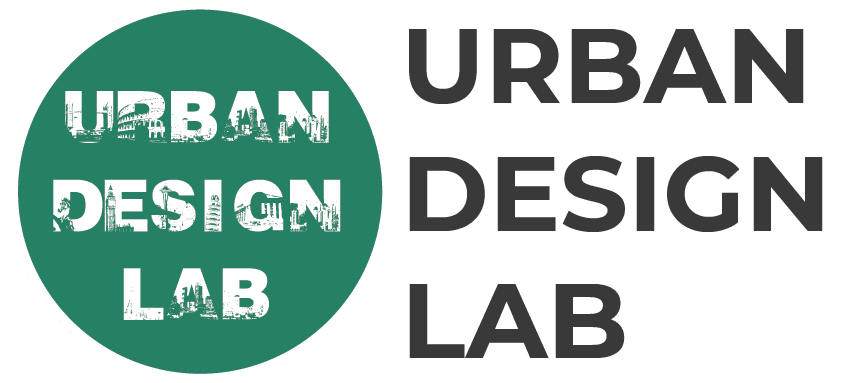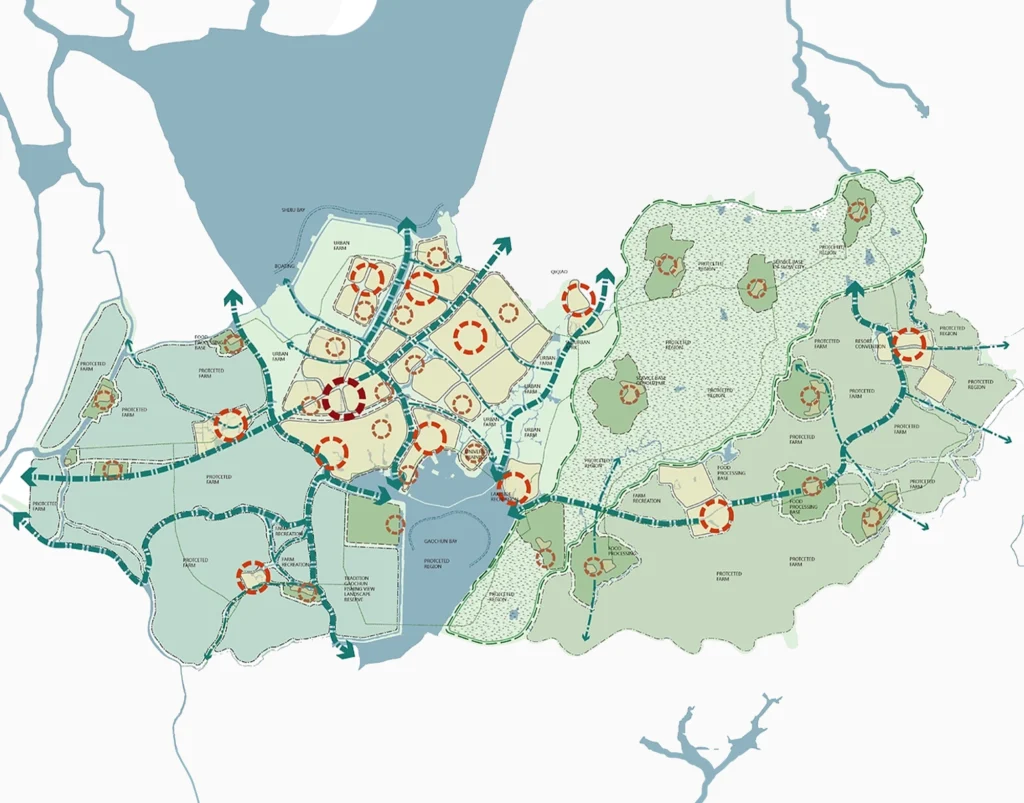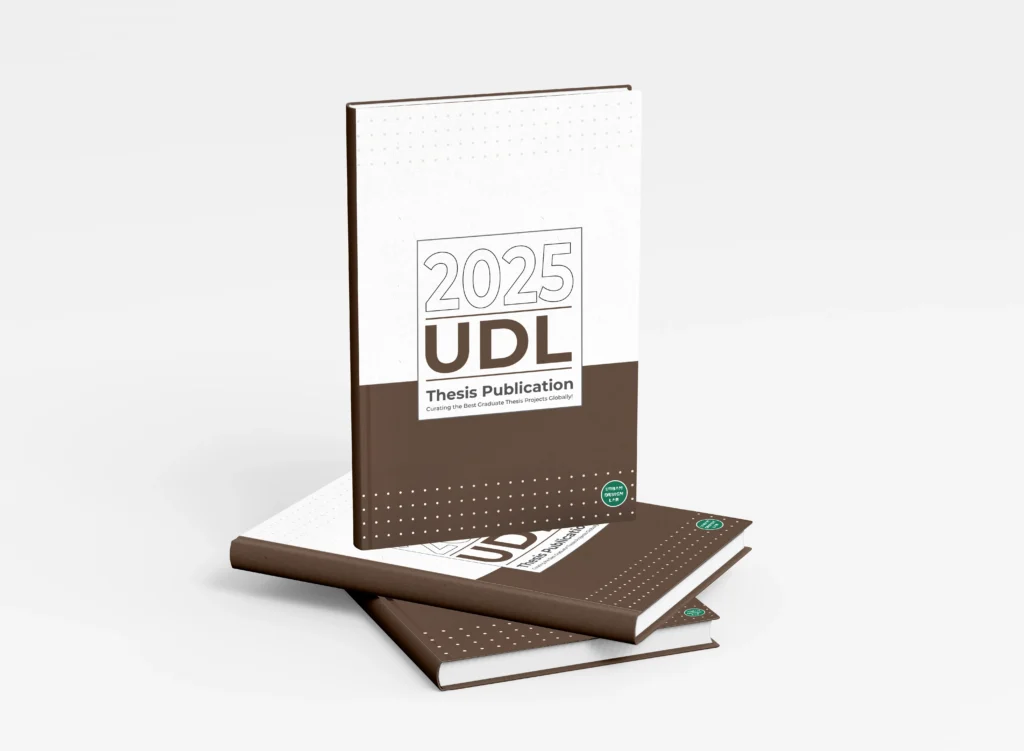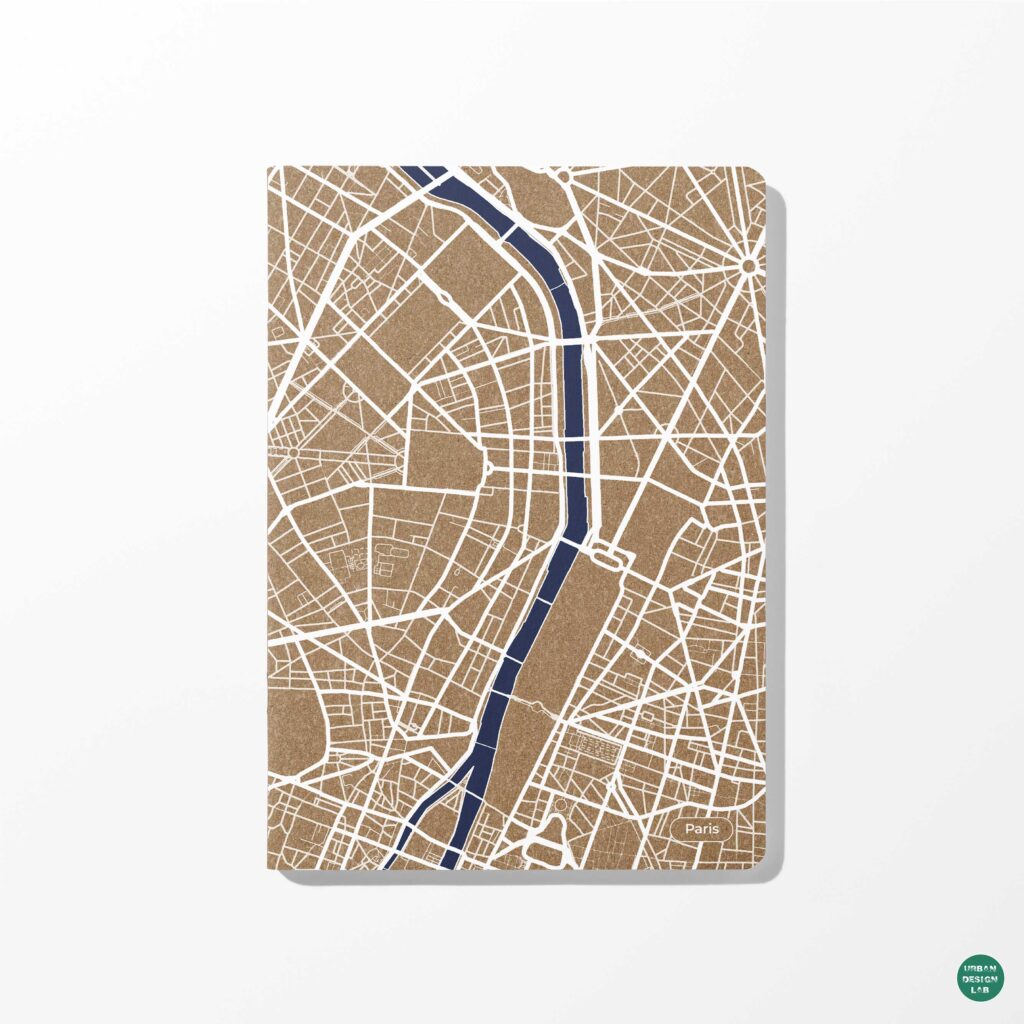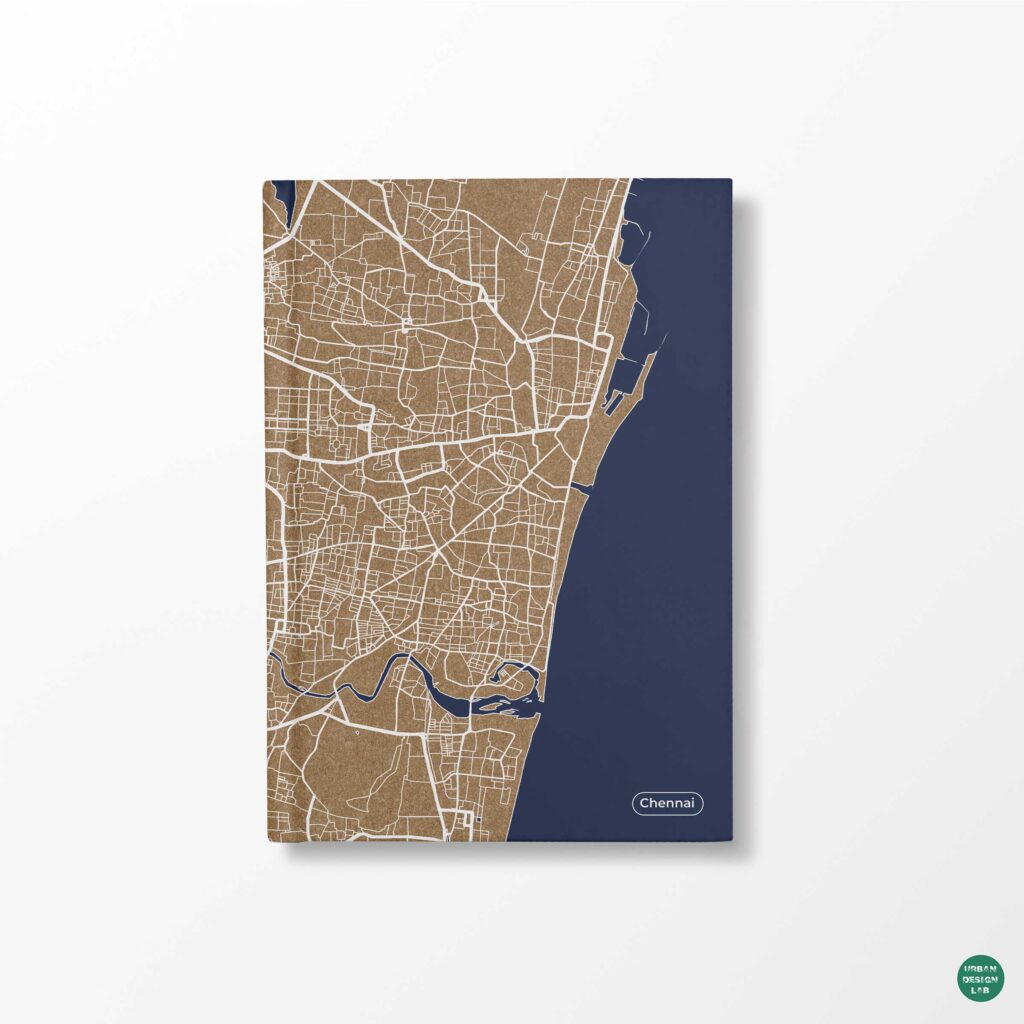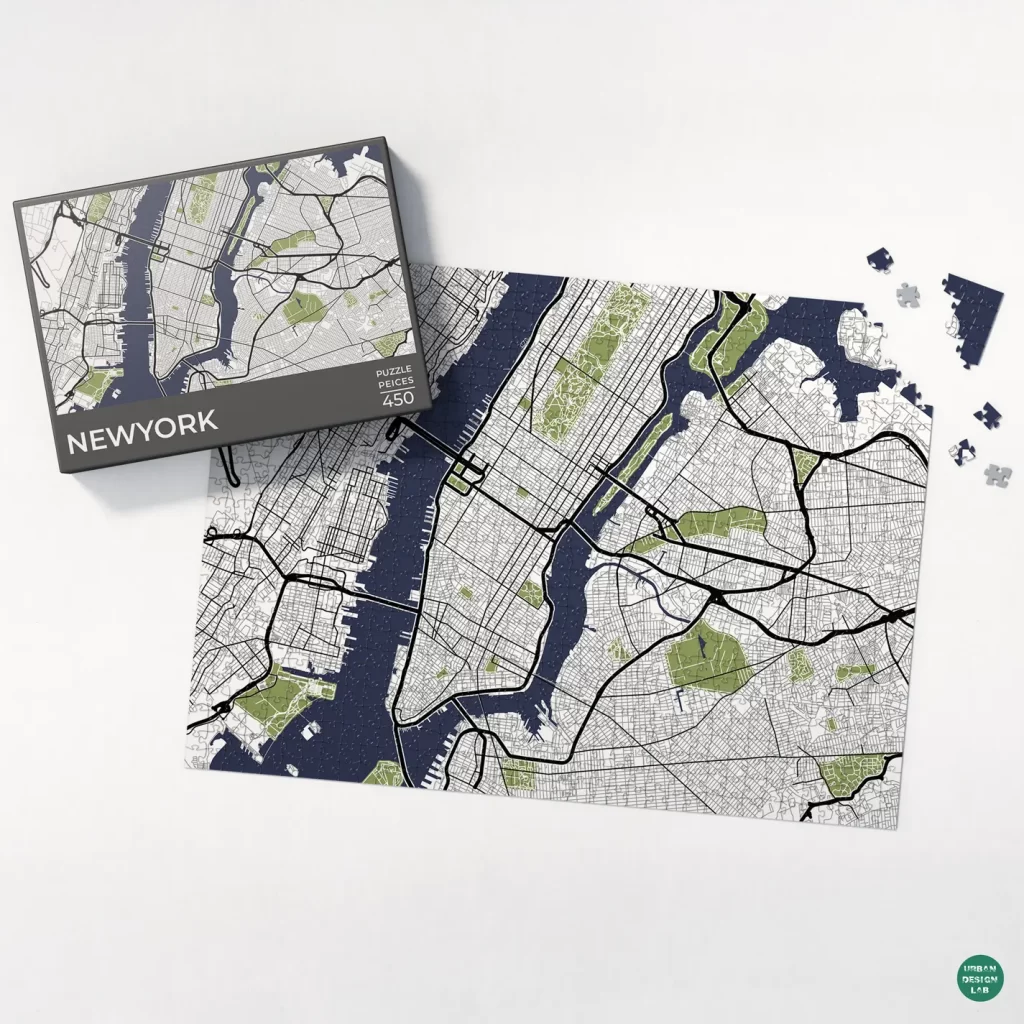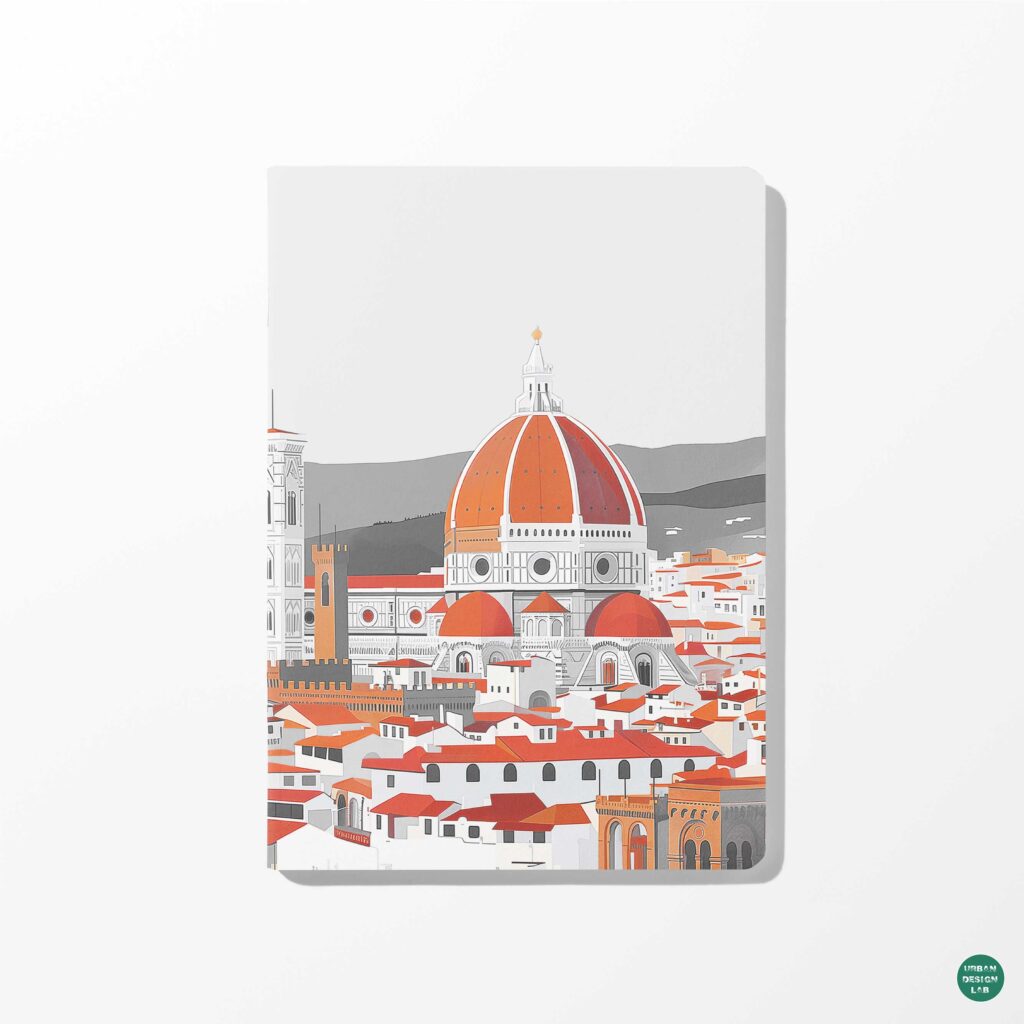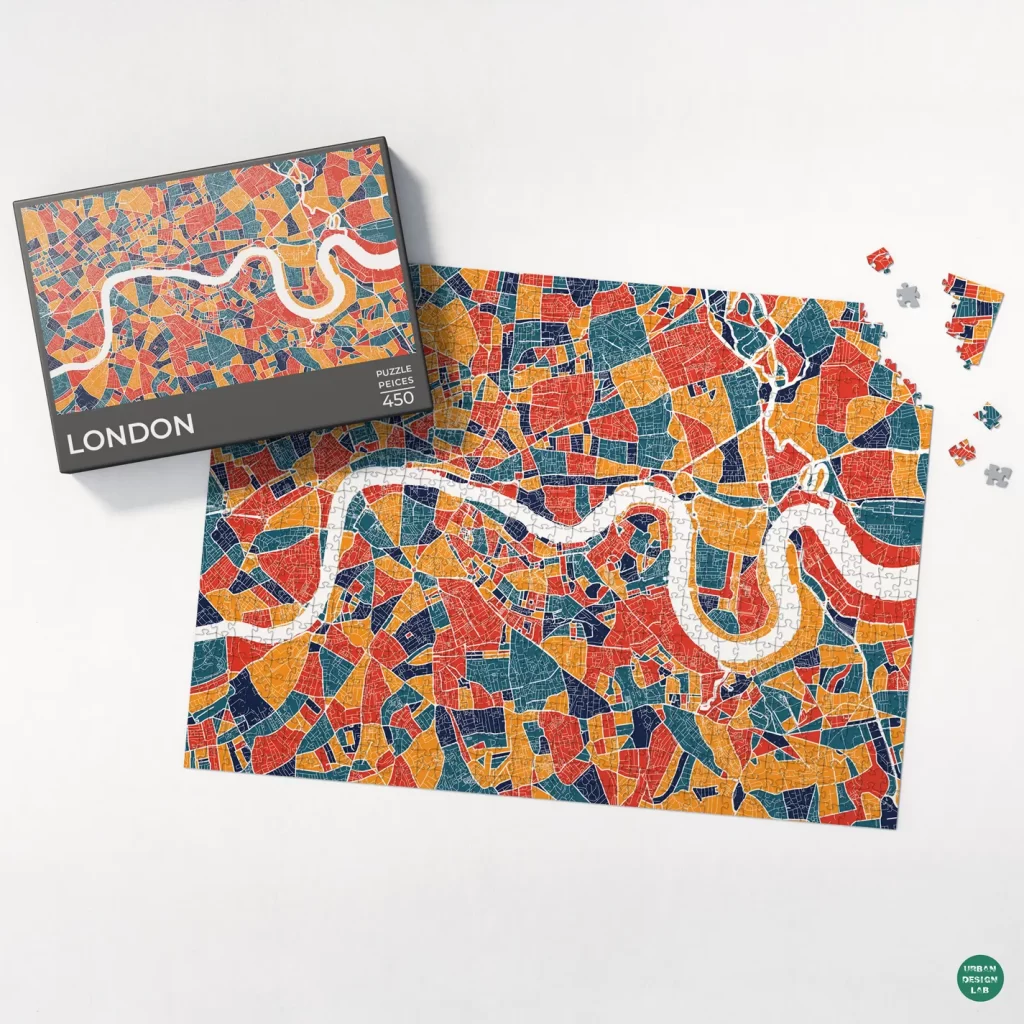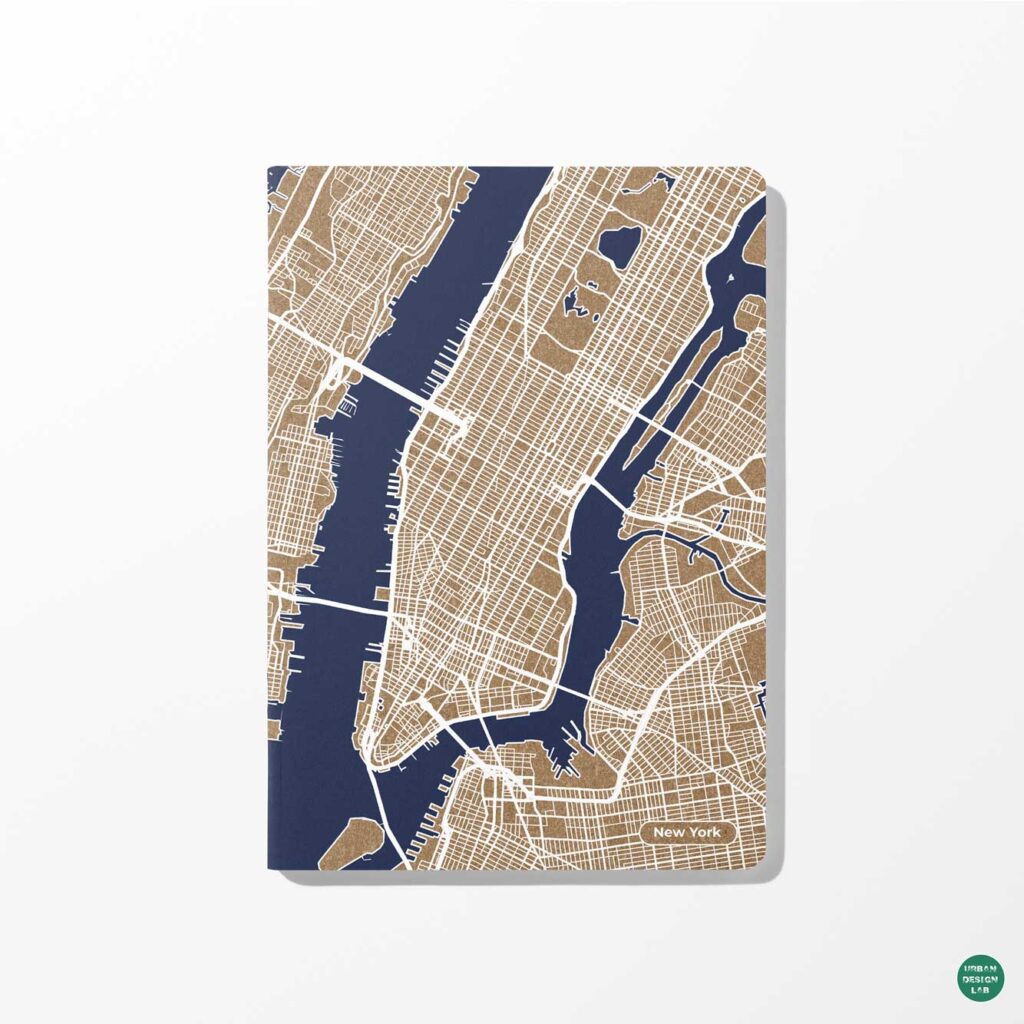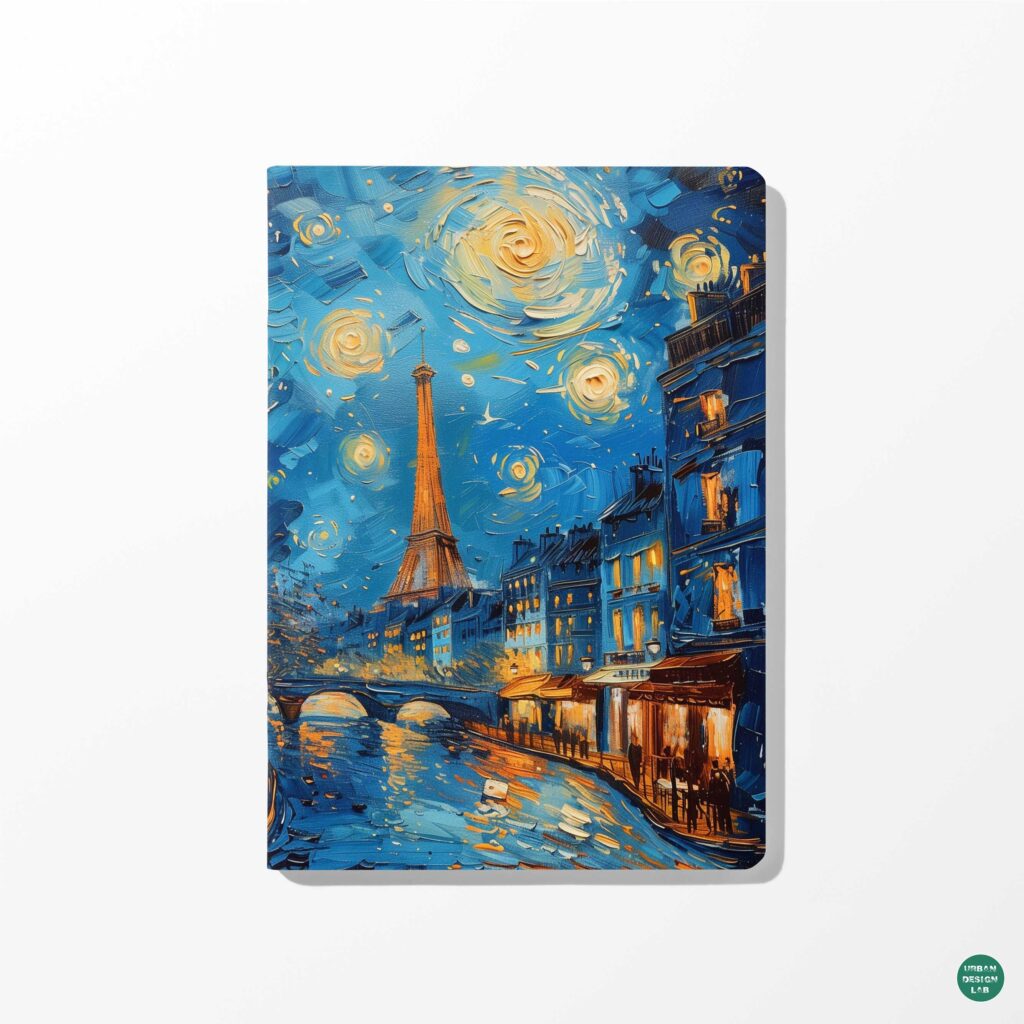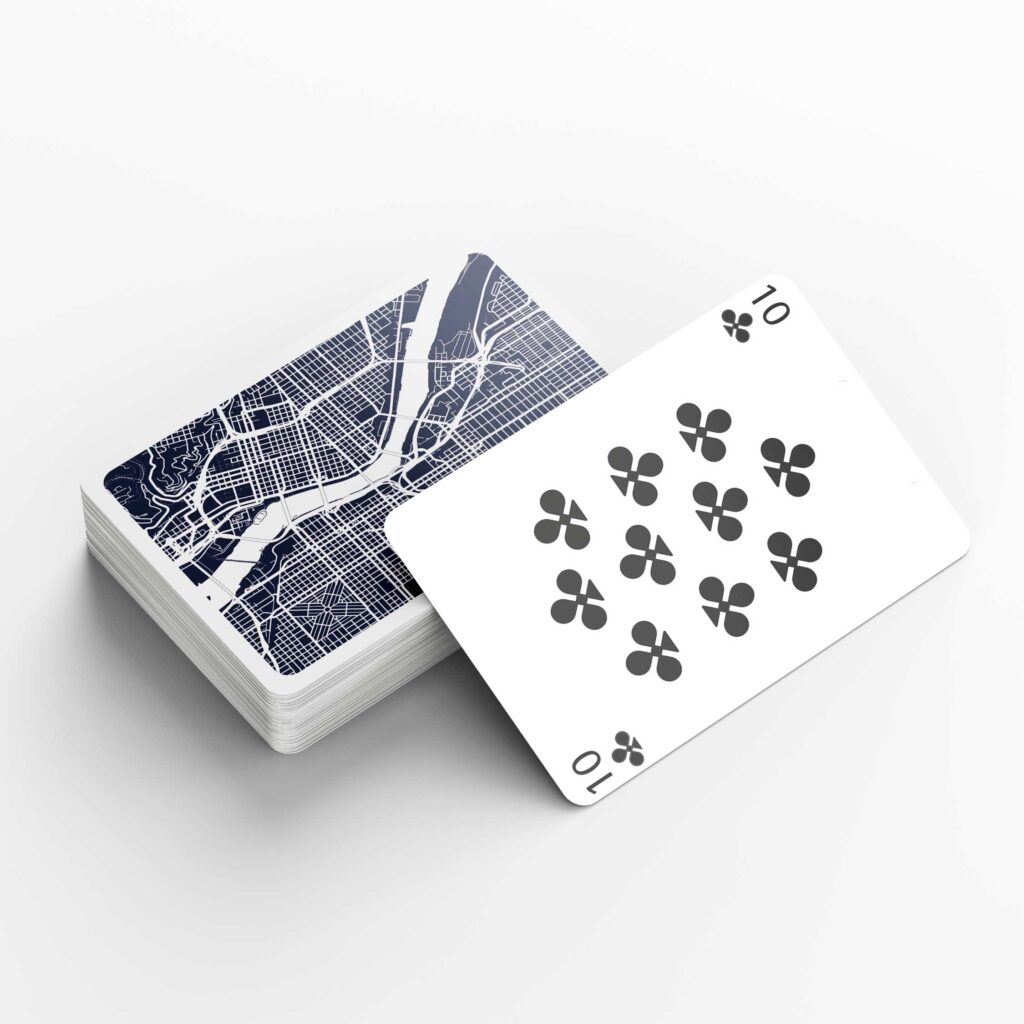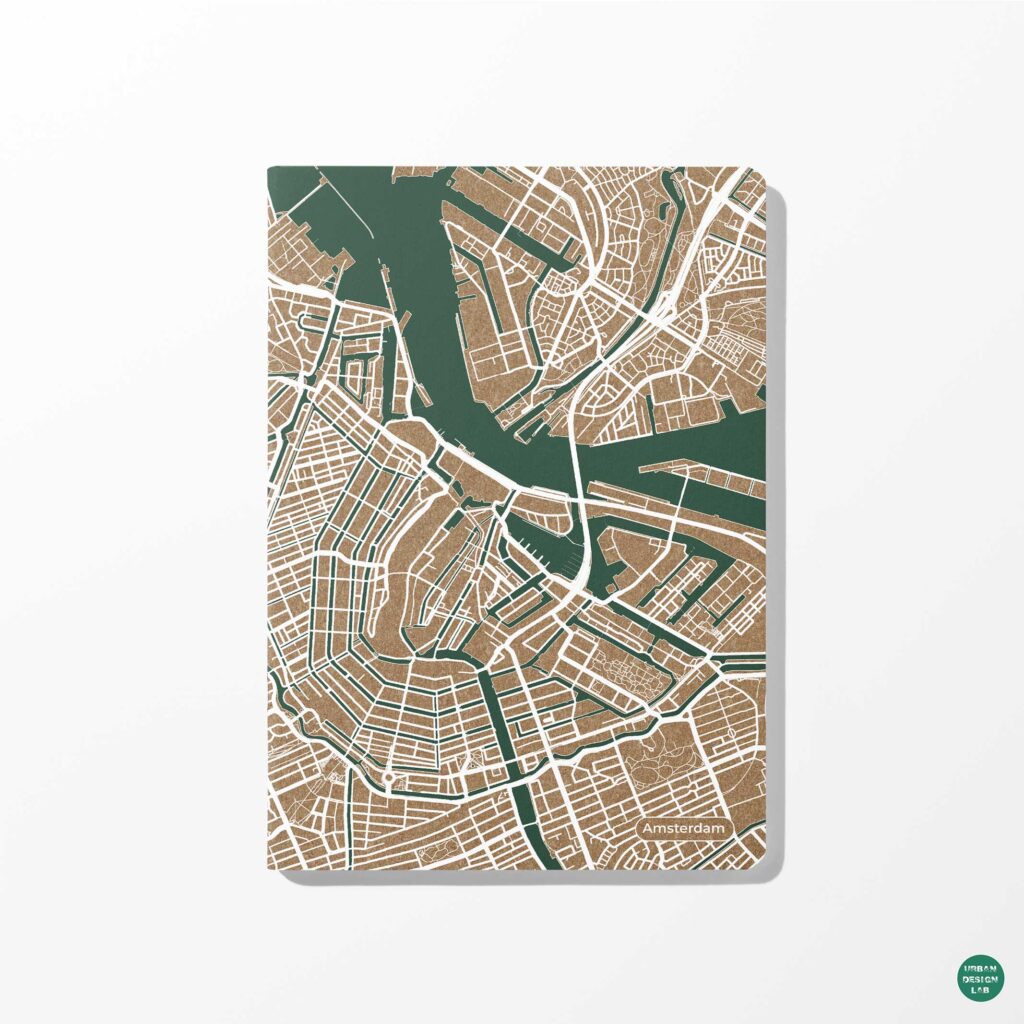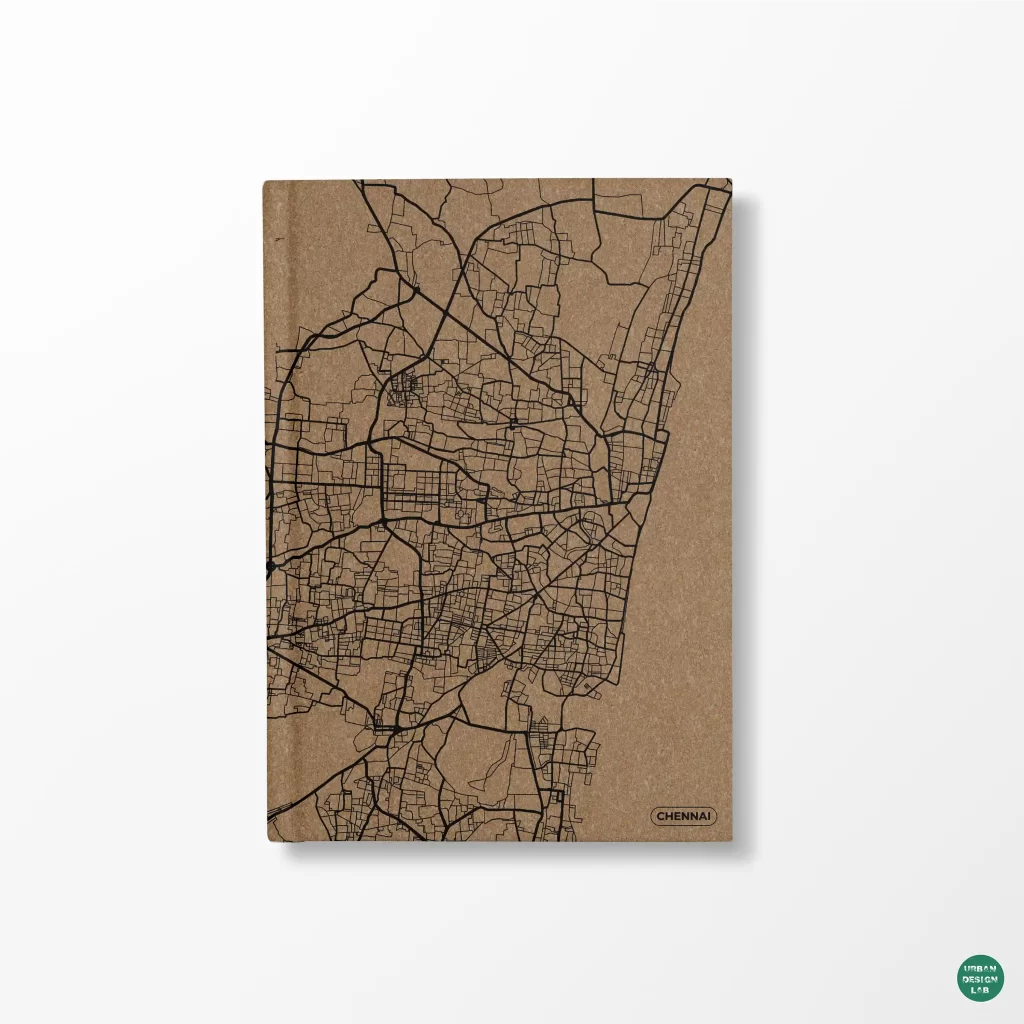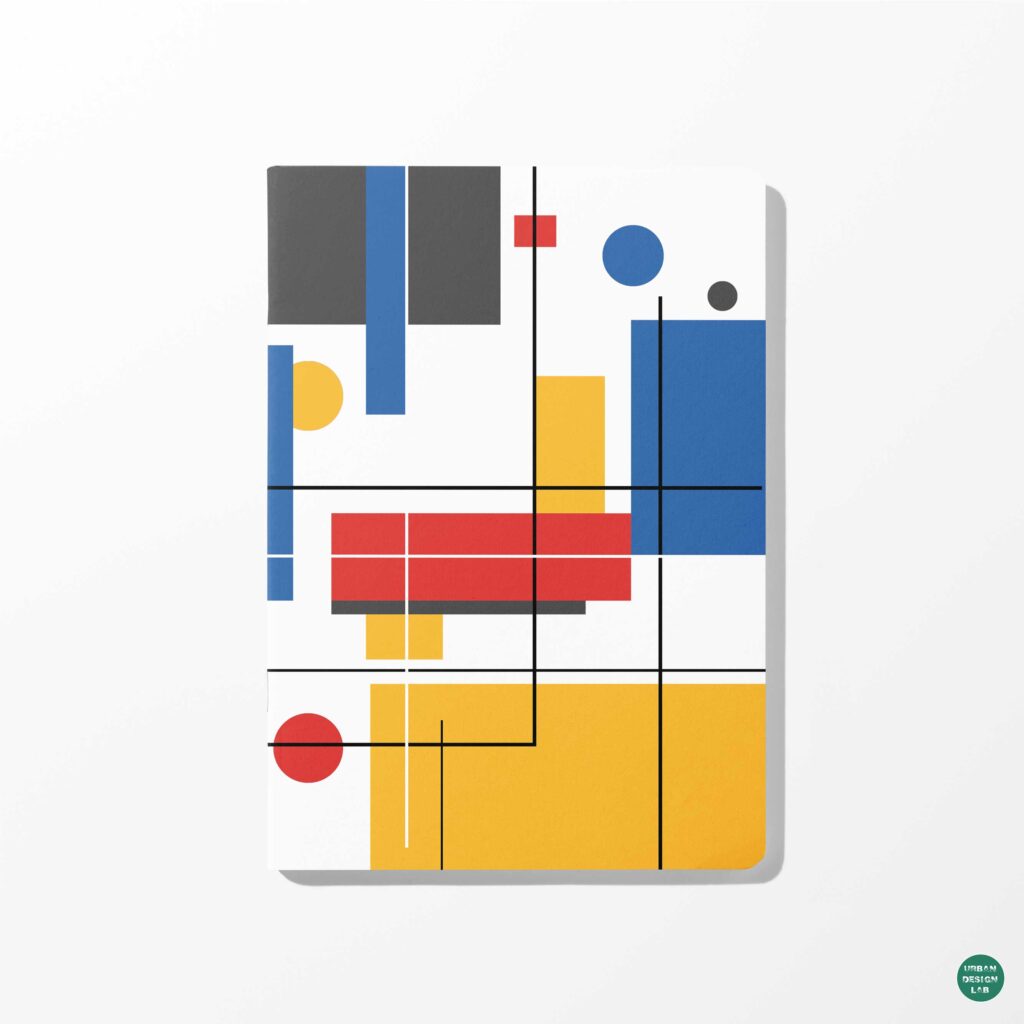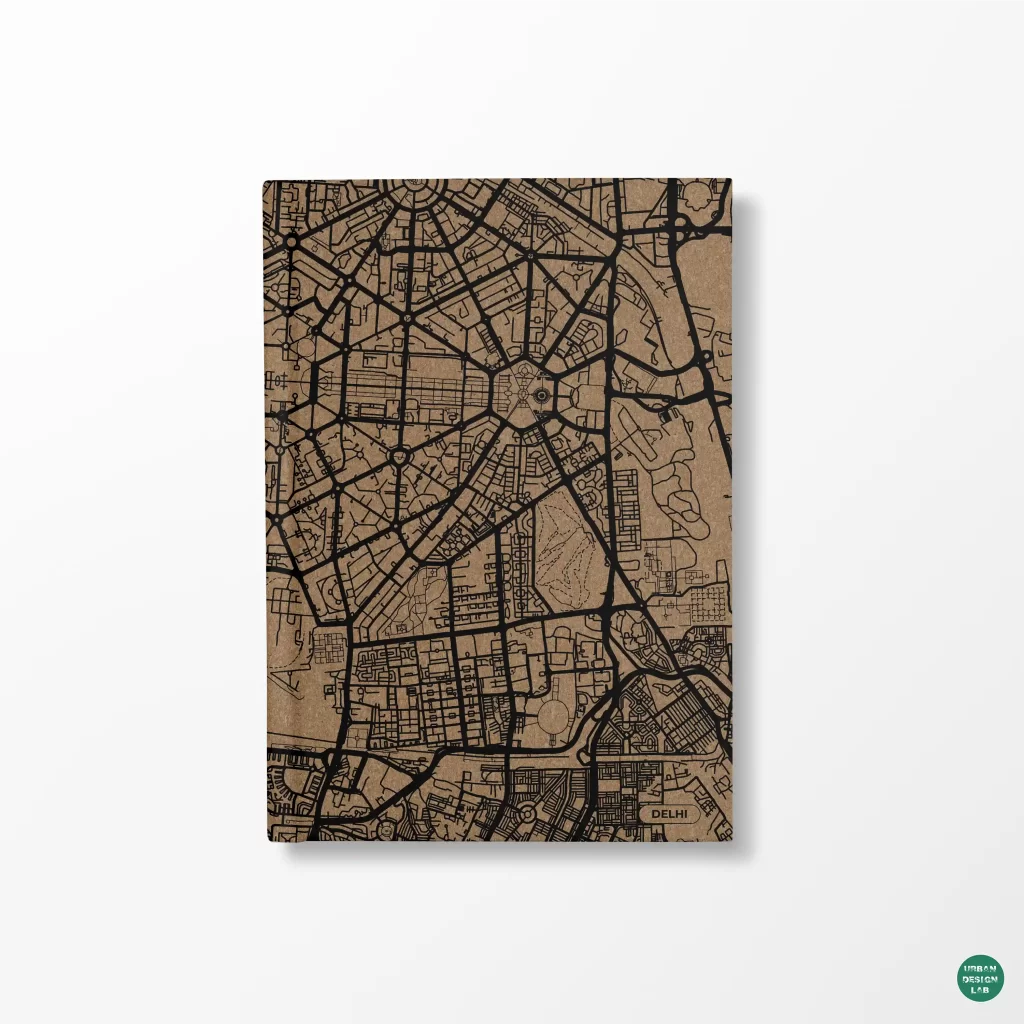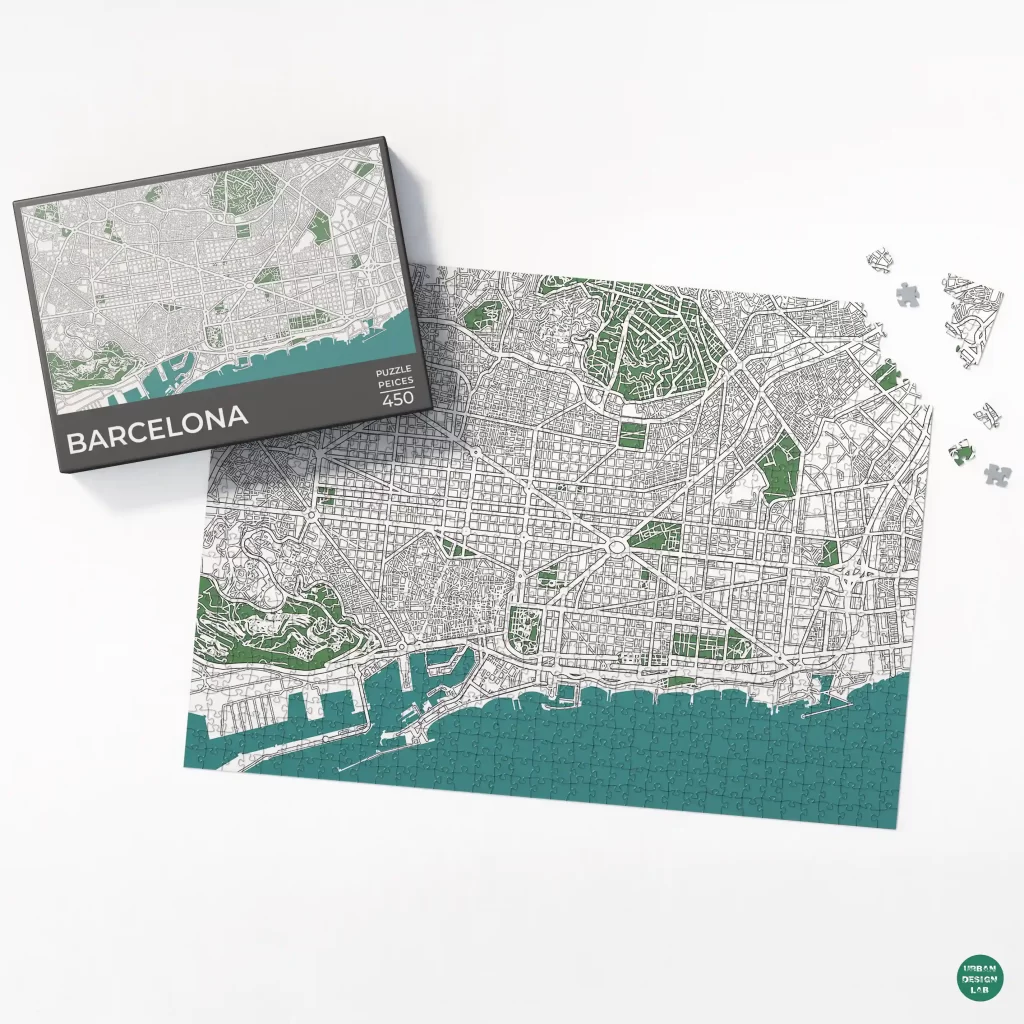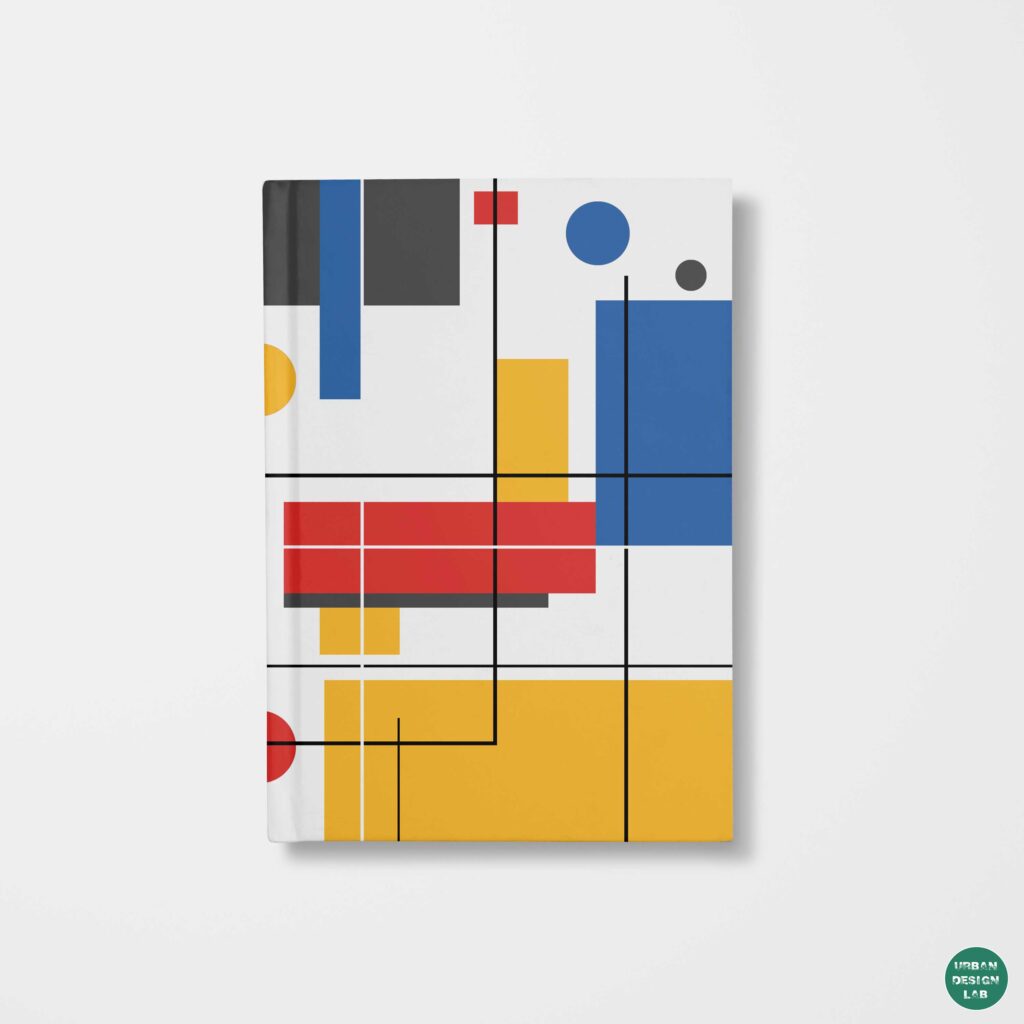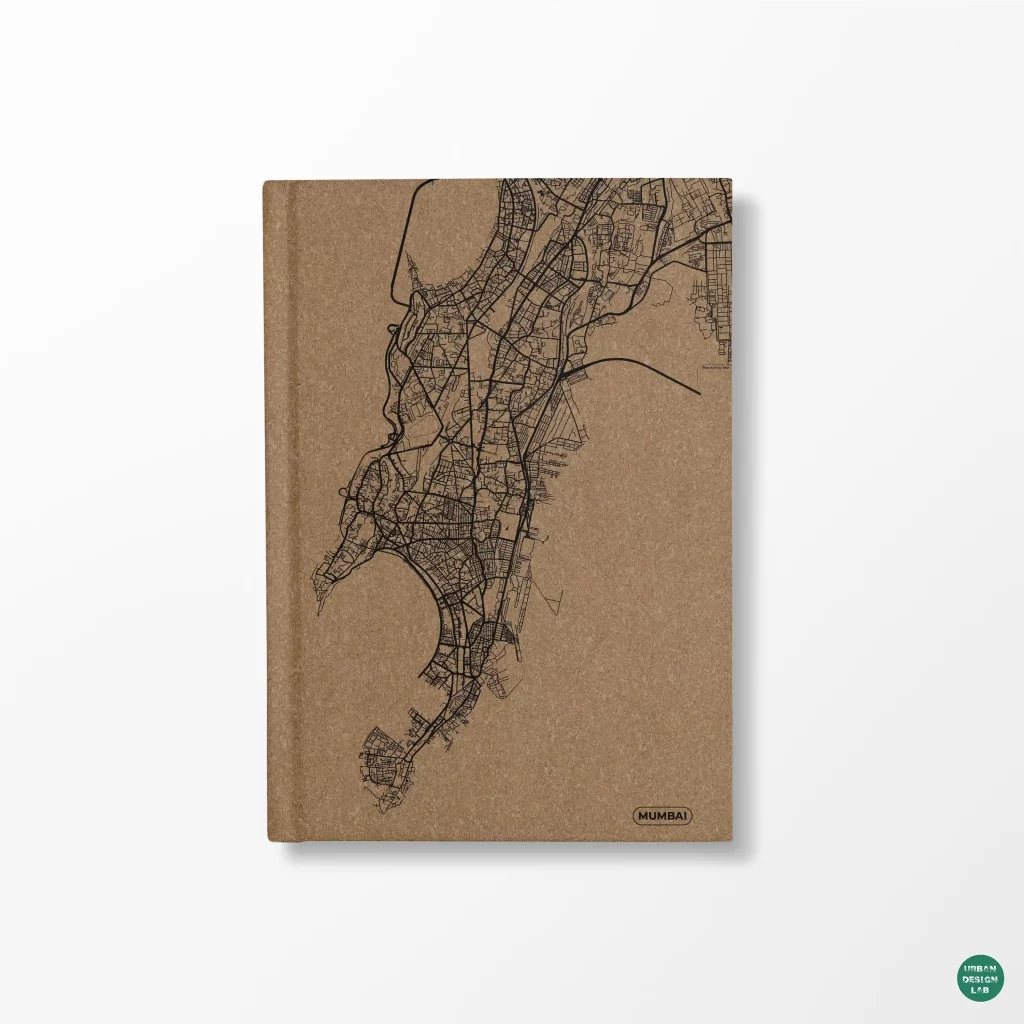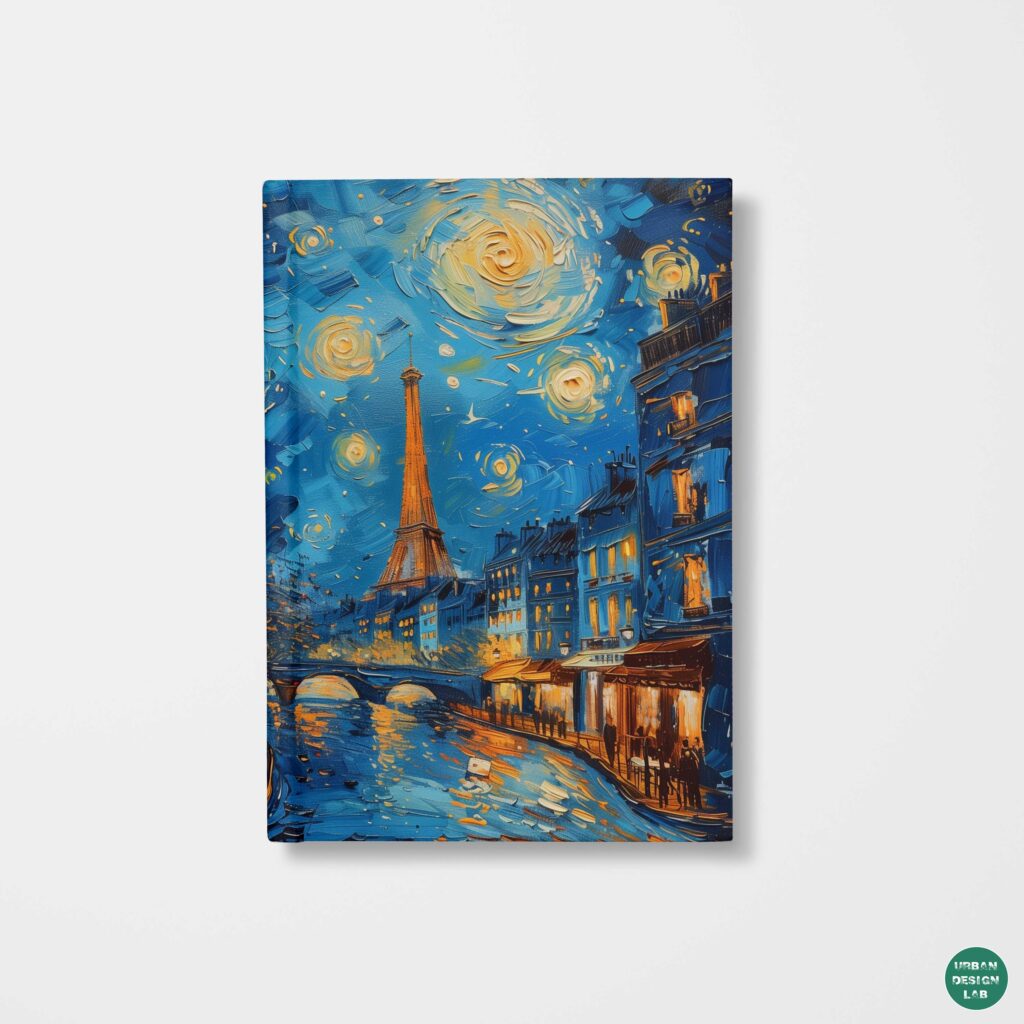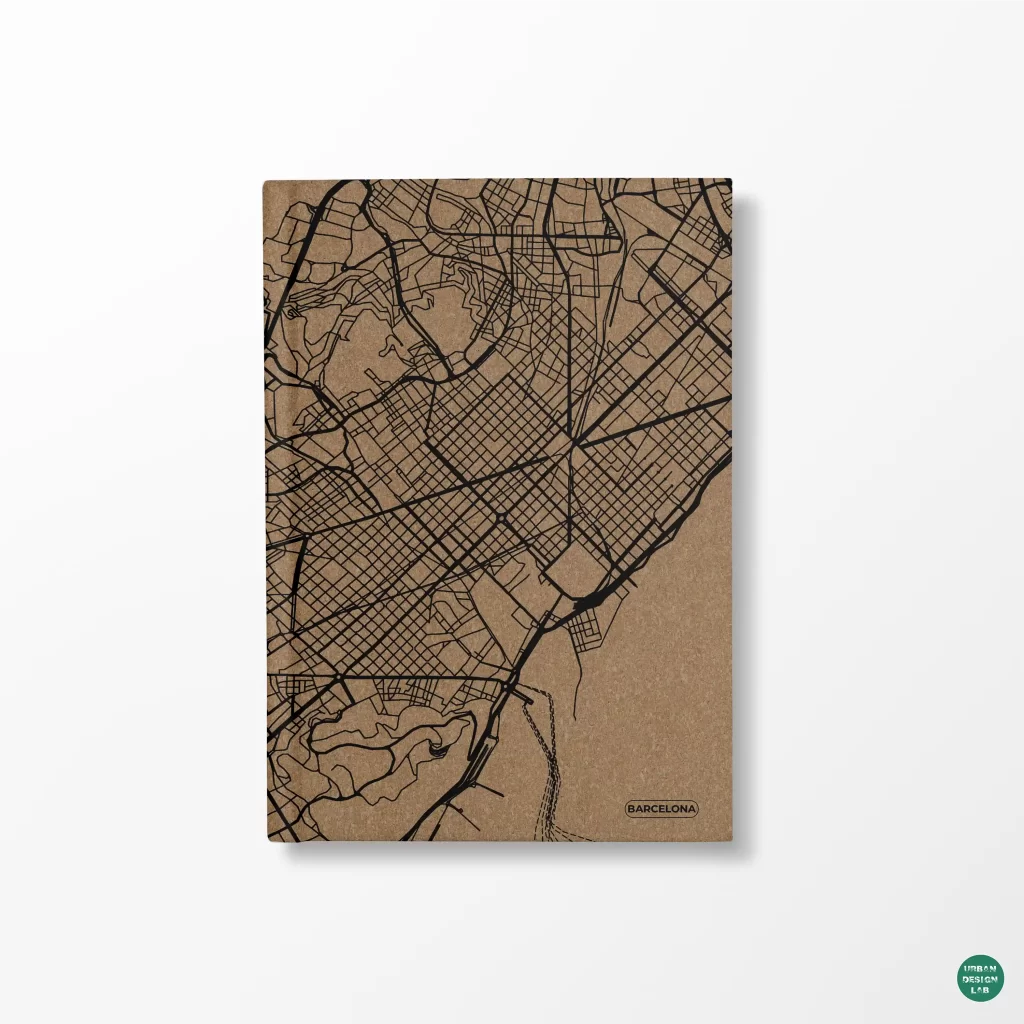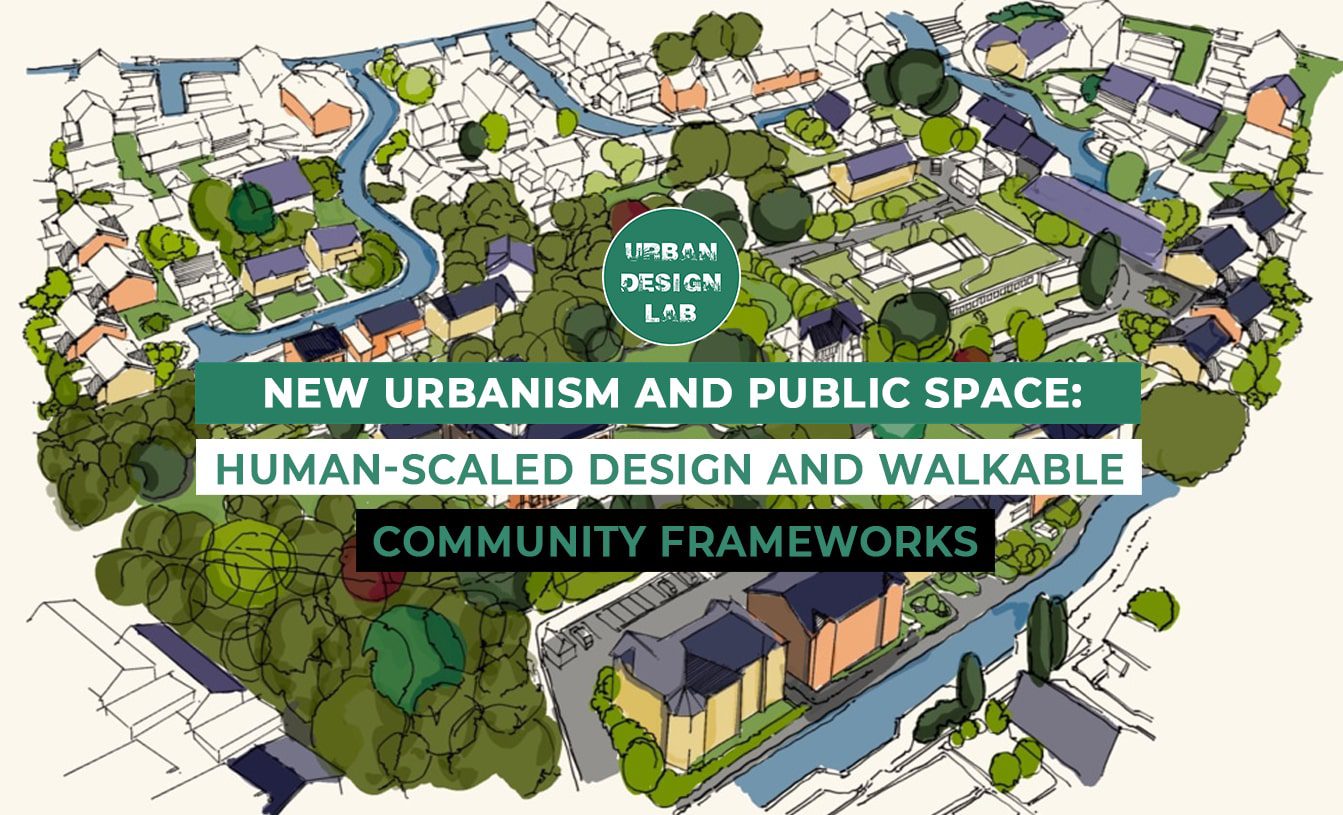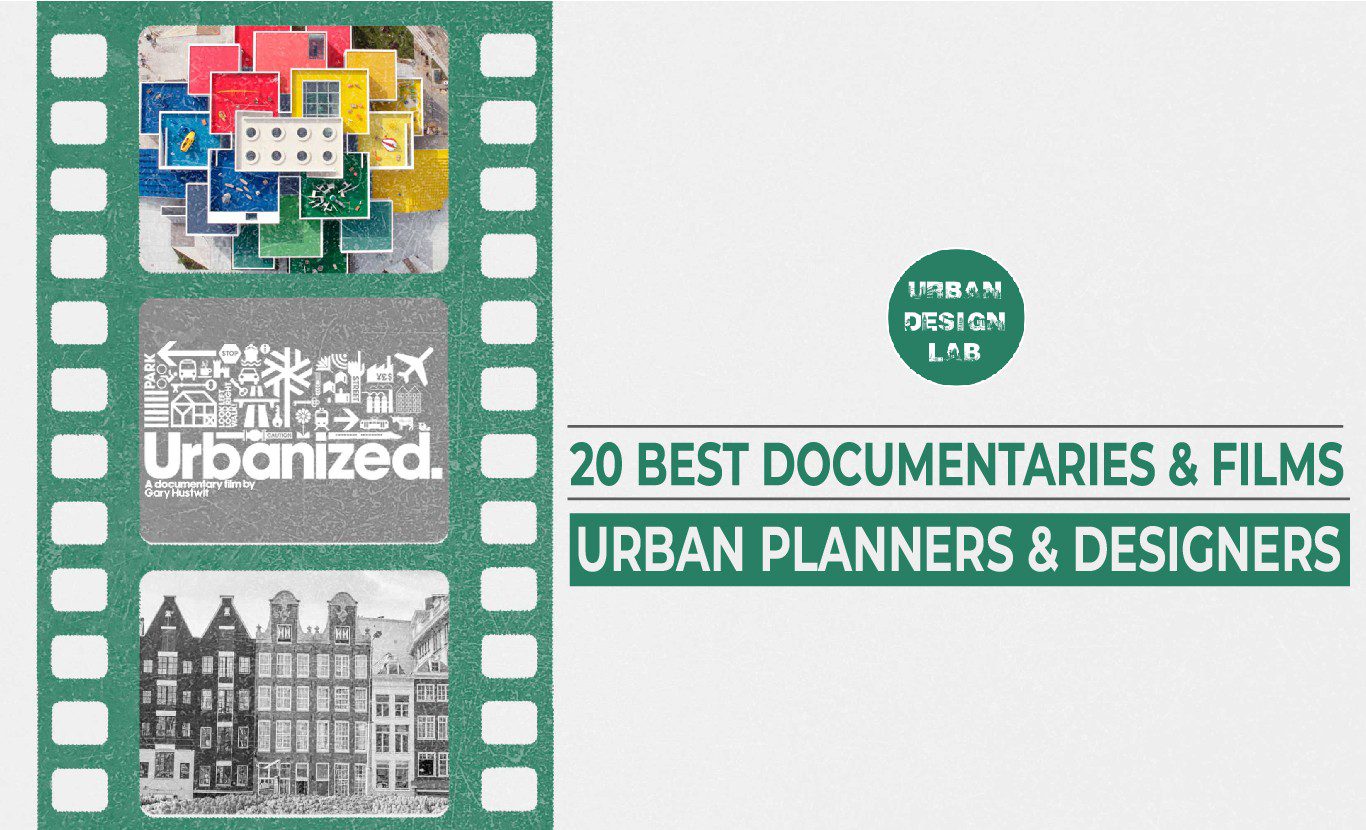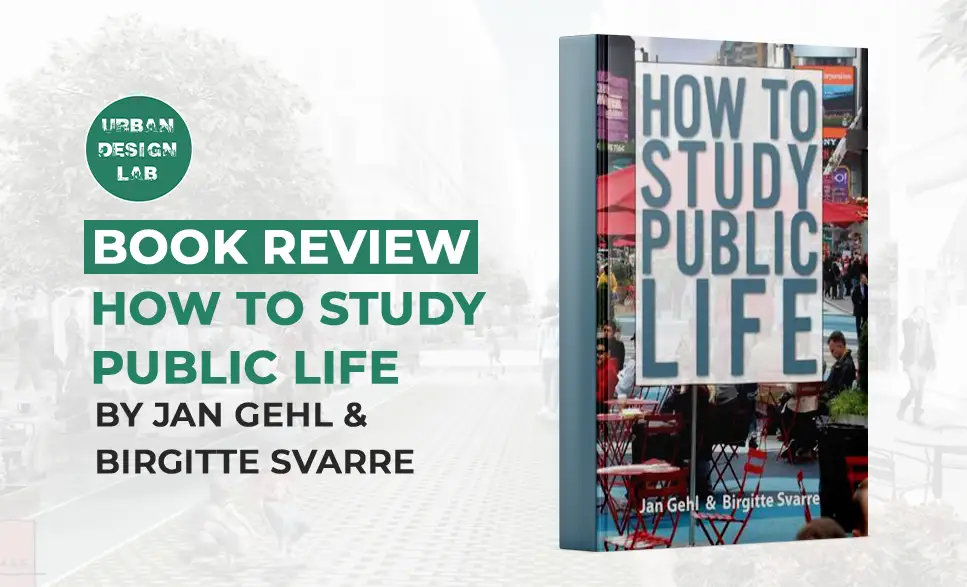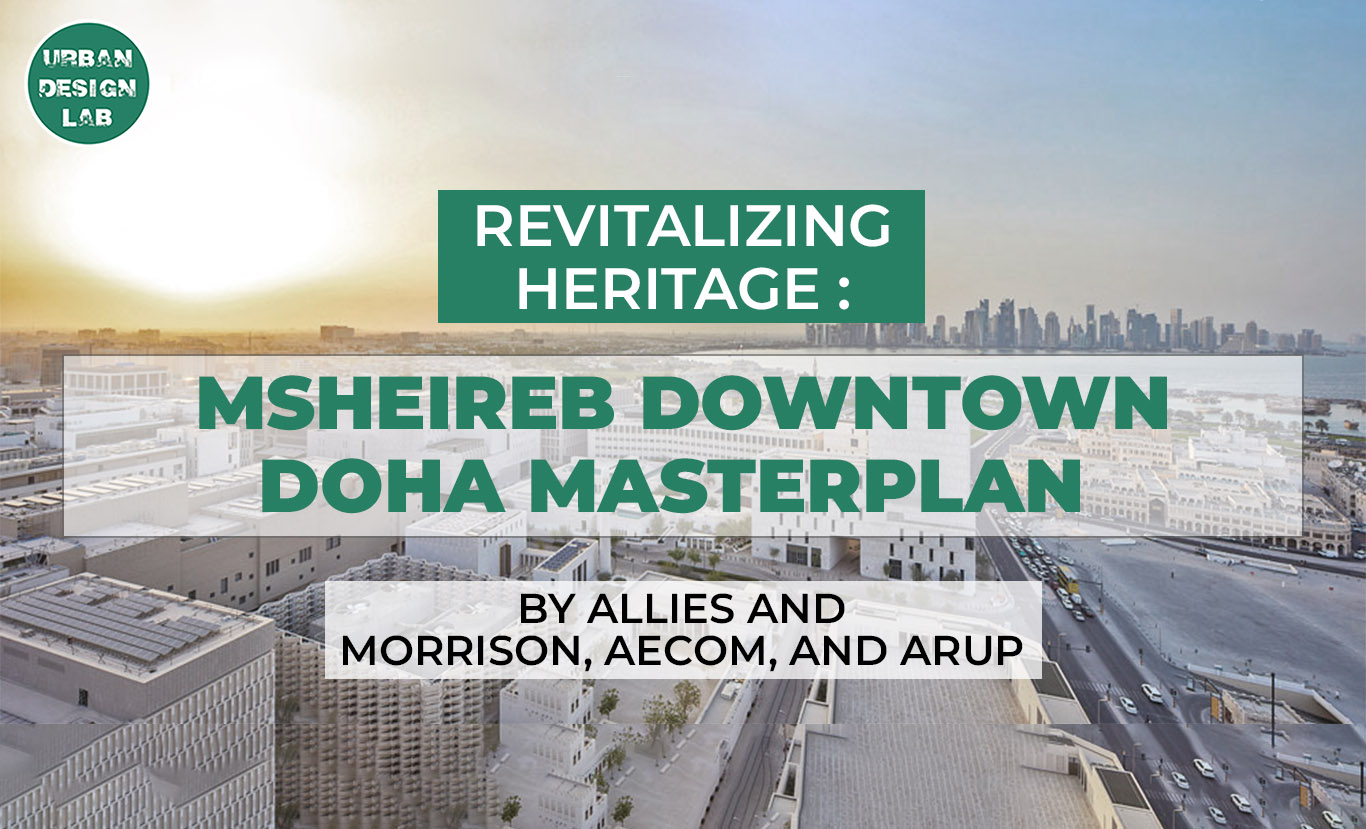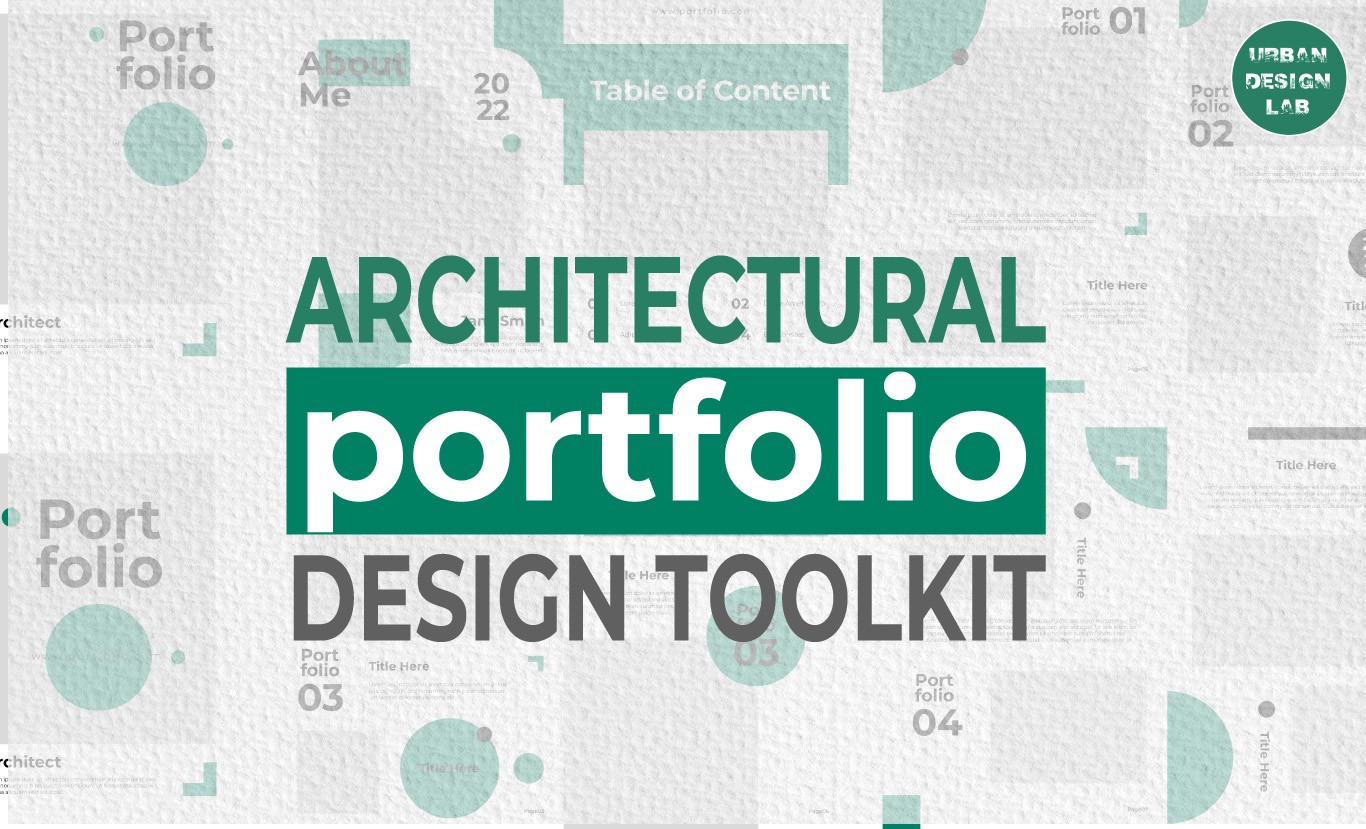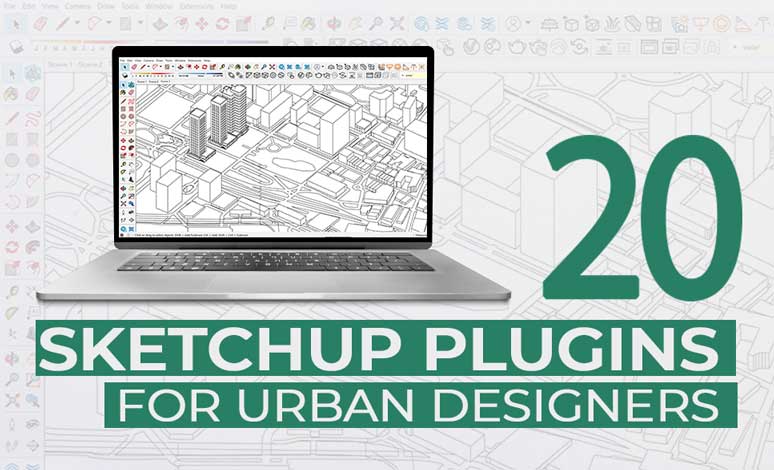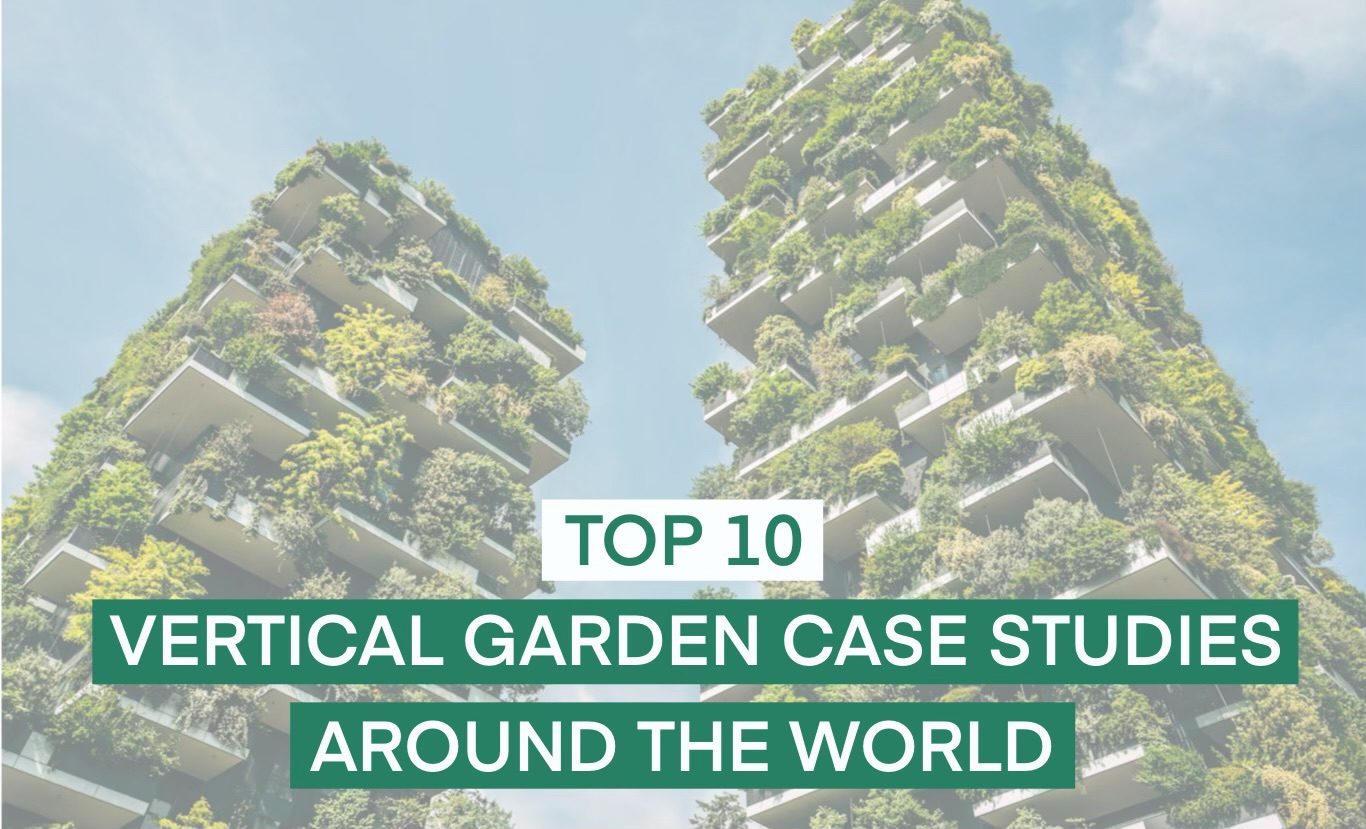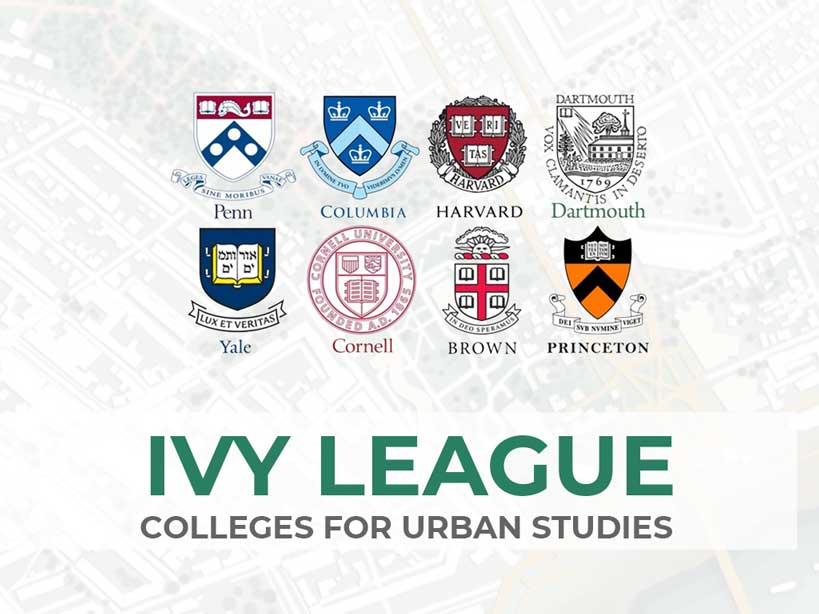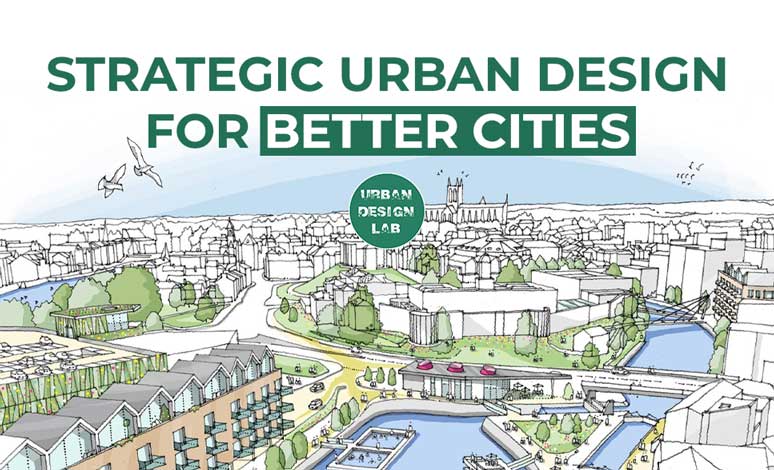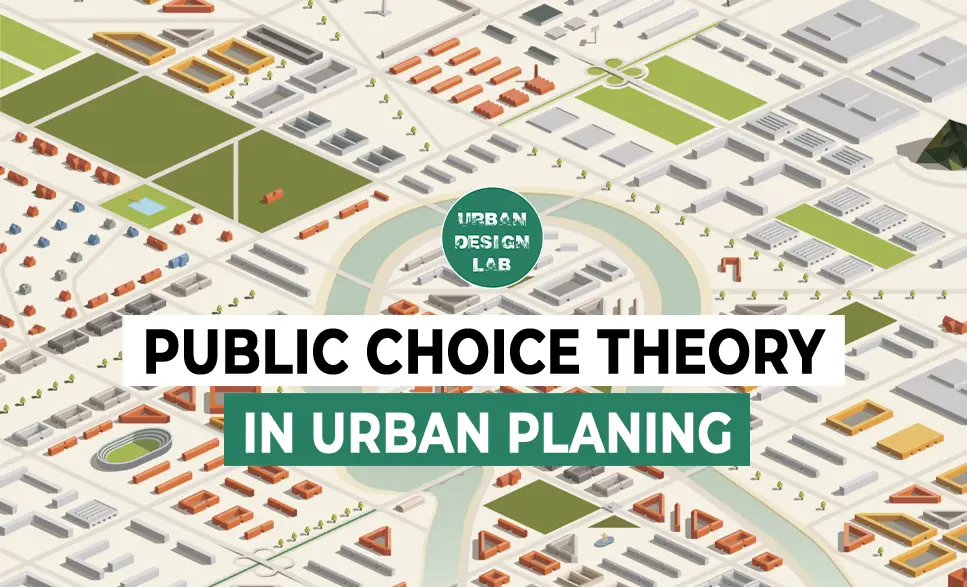
Revitalizing Rotterdam: Collaborative Green Roof Initiative Boosts Urban Sustainability
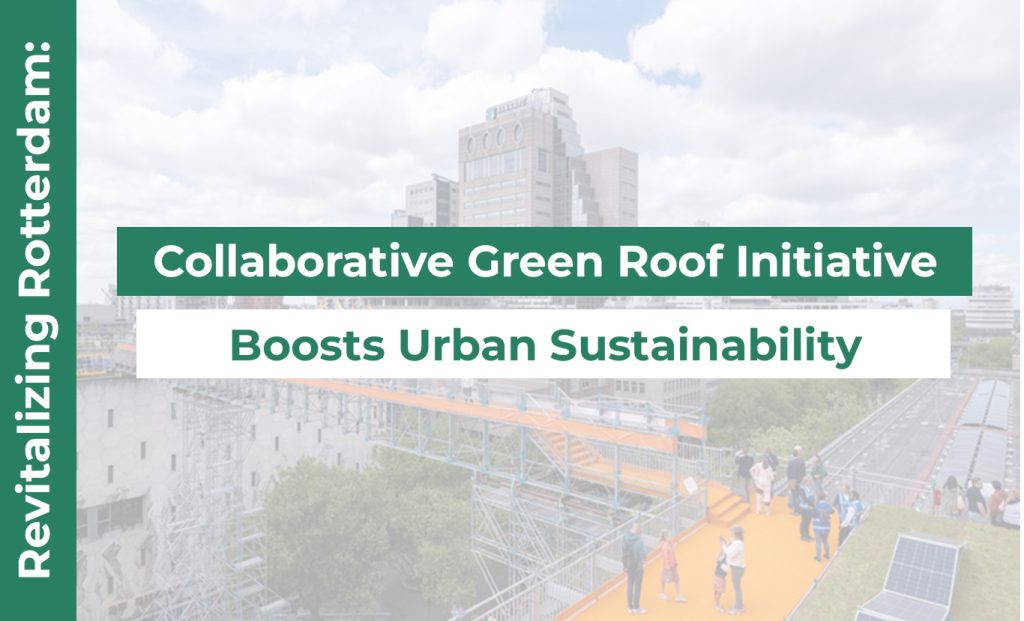
Rotterdam has a robust green roof initiative aimed at increasing the amount of green space in the city. The initiative is part of the city’s broader efforts to become more sustainable and resilient to climate change. It has been successful in increasing the number of green roofs in the city, and it is expected to continue to grow in the coming years.
This article will discuss the initiative’s background and setting, then go over its main problems and the solutions that were implemented. After that, it will show the results and implications of two case studies and conclude with some important planning insights.
Context and Background
Rotterdam, a city that embodies post-war urban reinvention, has emerged as a vanguard in sustainable planning, leveraging its reconstruction legacy to embed resilience within its urban fabric. Initiated in 2008, the city’s Collaborative Green Roof Initiative sought to counteract escalating climate risks—specifically heat island intensification, stormwater surges, and biodiversity decline—through widespread adoption of vegetated rooftops. Situated within a policy framework that emphasizes environmental resilience and spatial justice, the initiative aligns with the broader Rotterdam Climate Adaptation Strategy and the National Roof Plan of the Netherlands. This regeneration effort stands not only as an ecological intervention but also as a paradigmatic case of policy-driven green infrastructure integration
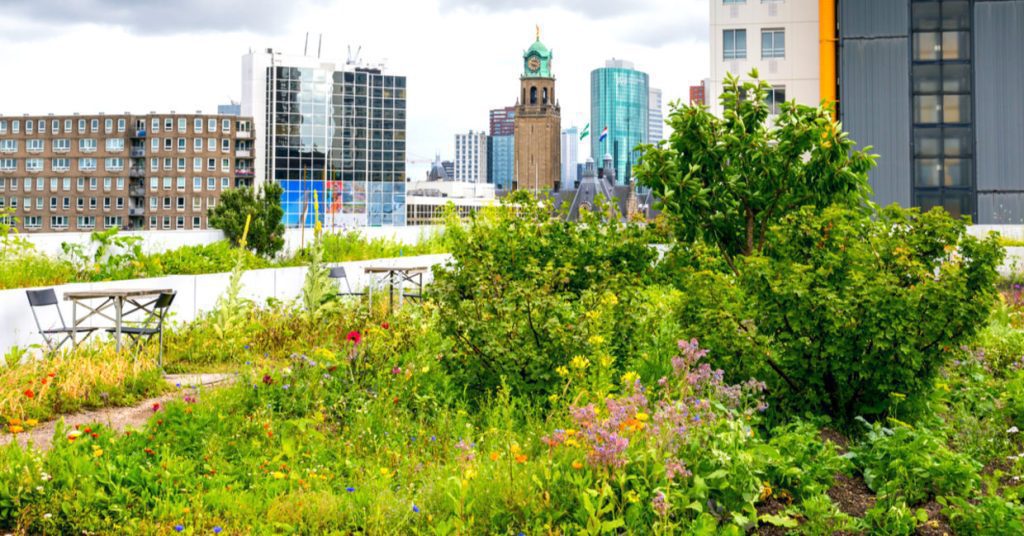
2- Key Challenges
Despite institutional support, Rotterdam’s green roof program encountered critical structural and socio-economic barriers:
- Capital Intensity and Technical Constraints: High initial capital outlays for installation, including specialized materials and waterproofing membranes, deterred small property owners, while structural load limitations restricted retrofits on older buildings.
- Operational Sustainability: The technical demands of maintenance—irrigation, weeding, and periodic plant renewal—posed long-term sustainability concerns, particularly for expansive rooftops.
- Capacity Deficit: The scarcity of trained professionals in landscape-urbanism and green roof engineering impeded scalability.
- Civic Skepticism: Misconceptions surrounding water leakage, pest proliferation, and visual clutter limited early public buy-in.
This intersection of economic, technical, and perceptual barriers necessitated a multi-scalar, design-led solution that moved beyond ecological tokenism.
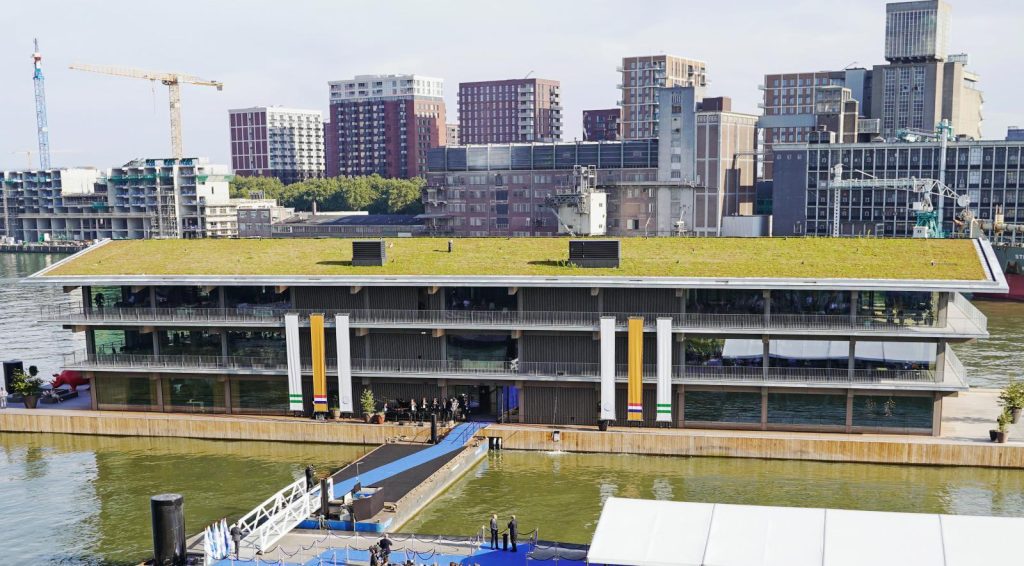
Source: Website Link
Design Approach and Solutions
Rotterdam’s success in green roof implementation is attributed to its holistic and collaborative design approach. Key elements of this approach include:
- Integration with urban planning: Green roofs are seen as integral parts of the city’s development strategy, rather than isolated projects.
- Multi-functionality: Green roofs are designed to serve multiple purposes beyond aesthetics, such as stormwater management and biodiversity enhancement.
- Flexibility: The design allows for adaptability to different building types, sizes, and orientations.
- Sustainability: Emphasis is placed on using eco-friendly materials and low-maintenance plant species.
- Community involvement: Residents, businesses, and other stakeholders are actively involved in the design and implementation process.
- Modular green roof systems: These prefabricated systems facilitate rapid installation and reduce costs.
- Extensive green roofs: These roofs support a deeper soil layer, allowing for a wider variety of plants and greater ecological benefits.
- Intensive green roofs: These roofs can accommodate heavier loads, enabling additional uses such as gardens or recreational spaces.
- Blue-green roofs: These systems combine green roofs with water retention elements, such as ponds, to enhance stormwater management.
- Living walls: Vertical green walls can be integrated with green roofs to maximize green space and biodiversity.
- Green roof subsidies: Financial incentives encourage building owners to adopt green roofs.

Outcomes and Impacts
Case Studies on Rotterdam’s Collaborative Green Roof Initiative:
1. Dakakker
A groundbreaking project that transformed a 1000 square meter rooftop in Rotterdam into a thriving urban farm. It holds the distinction of being the largest open-air rooftop farm in the Netherlands and one of the largest in Europe.
- Impact: It showcased the potential for food production and biodiversity on rooftops.
- Outcome: Dakakker has successfully demonstrated the viability of rooftop agriculture in an urban environment, contributing to local food production, reducing carbon footprint, and enhancing biodiversity. The project has also become a popular educational and community space.
2. Rotterdam Rooftop Walk
It was a temporary, yet unforgettable, installation that offered visitors a unique perspective of the city.
- Impact: This temporary installation connected rooftops via air bridges, offering a unique perspective on the city and showcasing the potential of green roofs for urban regeneration and community engagement.
- Outcome: While temporary, the Rotterdam Rooftop Walk successfully raised awareness about the benefits of green roofs and inspired discussions about their potential role in urban development. It demonstrated how green roofs can be used to create innovative public spaces and foster a sense of community.

Key Planning Insights
Rotterdam’s success in implementing green roofs offers valuable insights for other cities looking to adopt similar initiatives.
- Financial Incentives: Subsidies and tax breaks can significantly boost green roof adoption rates.
- Regulatory Framework: Clear and supportive regulations are essential for facilitating green roof installation.
- Mandatory Requirements: In certain cases, mandating green roofs for new buildings or building renovations can accelerate implementation.
- Multi-Functional Approach: Maximizing the benefits of green roofs by incorporating multiple functions like stormwater management, insulation, and food production.
- Public-Private Partnerships: Collaborating with businesses and organizations can leverage resources and expertise.
- Research and Development: Partnering with academic institutions to advance green roof technology and practices.
- Modular Systems: Developing standardized and scalable green roof systems can accelerate implementation.
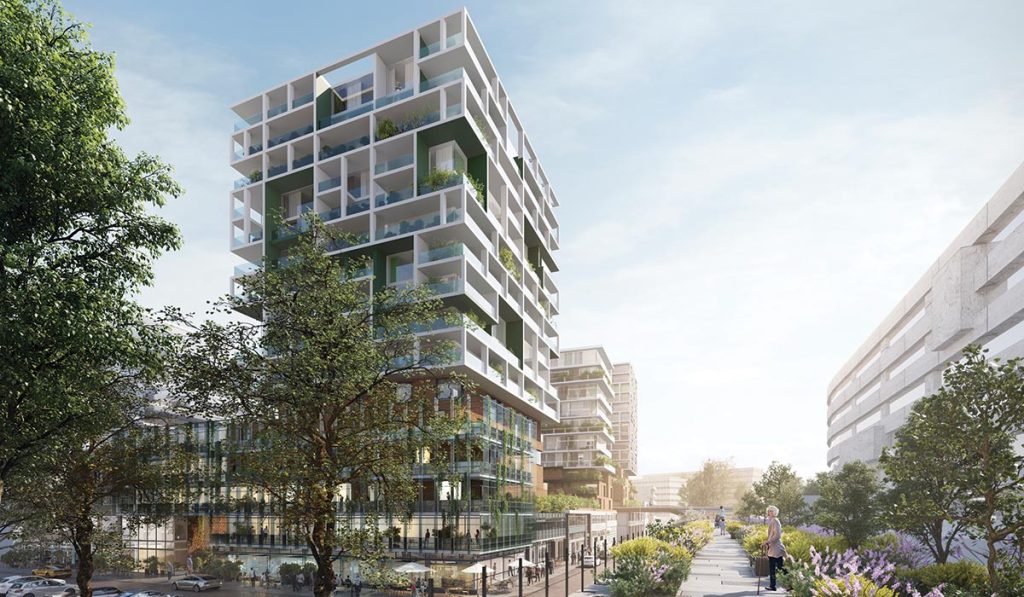
Conclusion
Rotterdam’s green roof strategy offers more than an ecological upgrade—it posits a new civic and architectural grammar where rooftops serve as infrastructural commons, climate buffers, and public space extensions. Its success underscores the necessity of interdisciplinary collaboration across architecture, policy, engineering, and social sciences.
As cities confront increasing climate volatility, the Collaborative Green Roof Initiative exemplifies a blueprint for regenerative urbanism—where aesthetics, equity, and ecological performance coalesce within the built environment.
References
- (n.d.). Retrieved from Dakakker: https://dakakker.nl/site/?lang=en
- A Huge Rooftop Garden is Breaking Records in the Netherlands. (n.d.). Retrieved from GOODNET: https://www.goodnet.org/articles/huge-rooftop-garden-breaking-records-in-netherlands
- Containing a Vibrant Program. (n.d.). Retrieved from MGS Architecture: https://www.mgsarchitecture.in/architecture-design/projects/2701-containing-a-vibrant-program.html
- Green Roof Subsidy – Rotterdam. (n.d.). Retrieved from Interlace hub: https://interlace-hub.com/green-roof-subsidy-rotterdam#:~:text=Since%202008%2C%20citizens%20can%20apply,otherwise%20large%20costs%20of%20installing
- Rotterdam Rooftop Walk or Rotterdam as you have never seen it. (n.d.). Retrieved from Floornature : https://www.floornature.com/blog/rotterdam-rooftop-walk-or-rotterdam-you-have-never-seen-it-17109/
- What Rotterdam teaches about the power of green roofs. (n.d.). Retrieved from World Economic Forum: https://www.weforum.org/agenda/2022/07/rotterdam-green-roofs/
- Floating Office Rotterdam by Powerhouse Company. (n.d.). Retrieved from aasarchitecture: https://aasarchitecture.com/2021/09/floating-office-rotterdam-by-powerhouse-company/
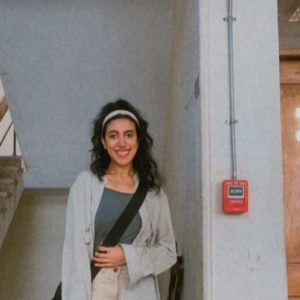
Ahella Abdelghaffar
About the author
Born and raised in Egypt, Ahella majored in Urban Design at Cairo University. Her interests include: Urban Design and mental health, as well as GIS applications in Urban Design.
Related articles


Architecture Professional Degree Delisting: Explained
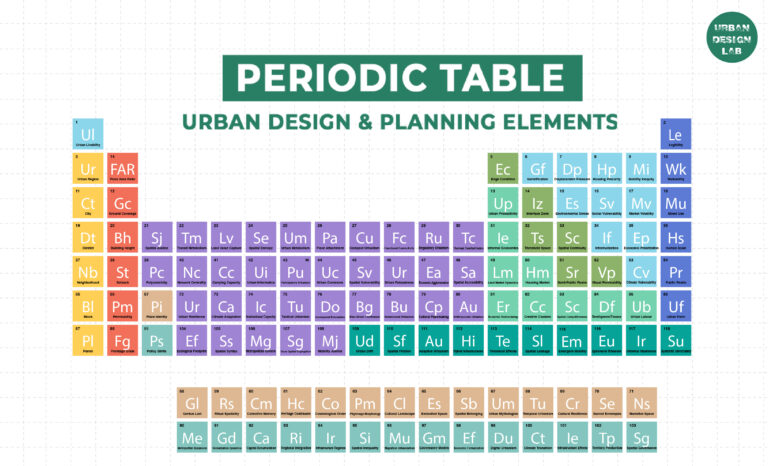
Periodic Table for Urban Design and Planning Elements
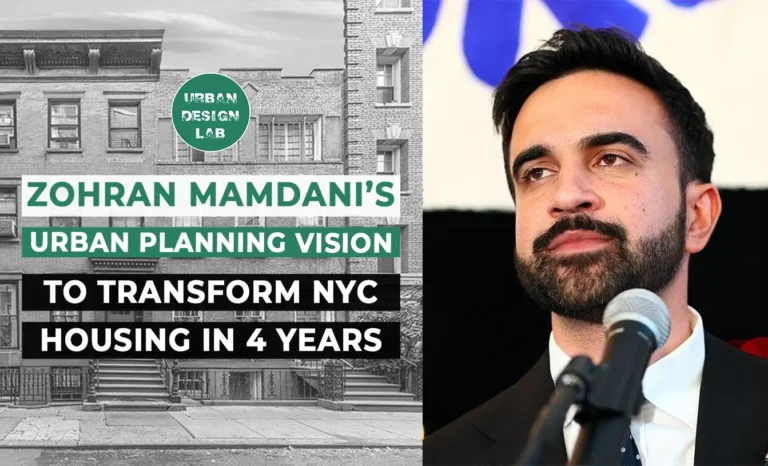
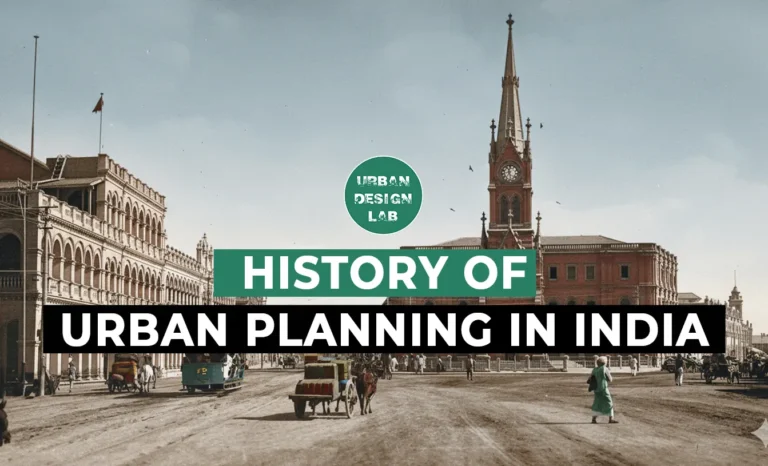
History of Urban Planning in India
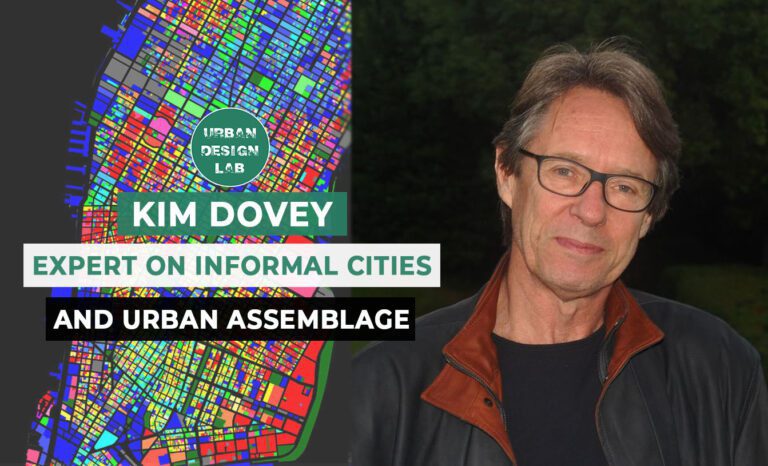
Kim Dovey: Leading Theories on Informal Cities and Urban Assemblage
UDL Illustrator
Masterclass
Visualising Urban and Architecture Diagrams
Session Dates
17th-18th January 2026

Urban Design Lab
Be the part of our Network
Stay updated on workshops, design tools, and calls for collaboration
Curating the best graduate thesis project globally!

Free E-Book
From thesis to Portfolio
A Guide to Convert Academic Work into a Professional Portfolio”
Recent Posts
- Article Posted:
- Article Posted:
- Article Posted:
- Article Posted:
- Article Posted:
- Article Posted:
- Article Posted:
- Article Posted:
- Article Posted:
- Article Posted:
- Article Posted:
- Article Posted:
Sign up for our Newsletter
“Let’s explore the new avenues of Urban environment together “
